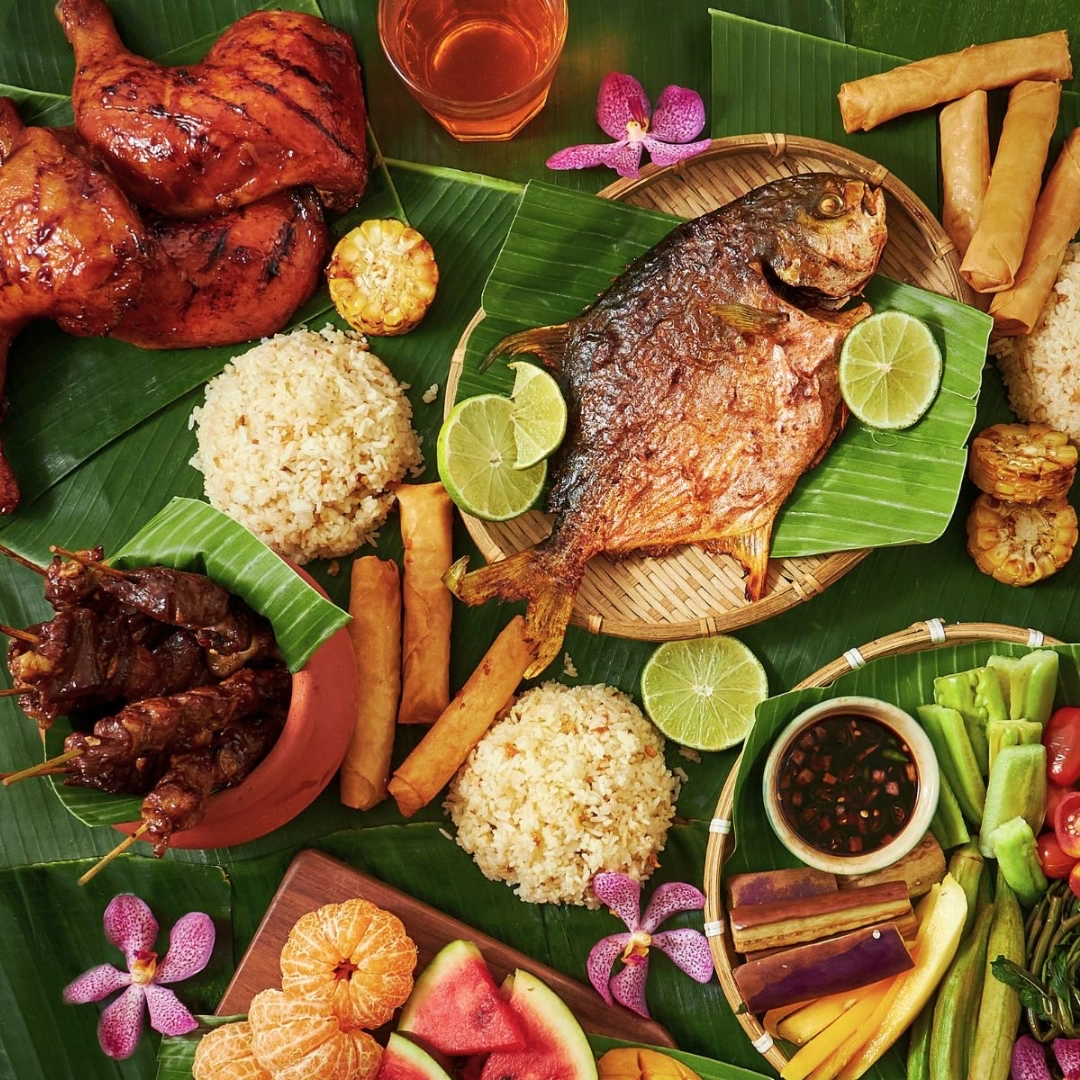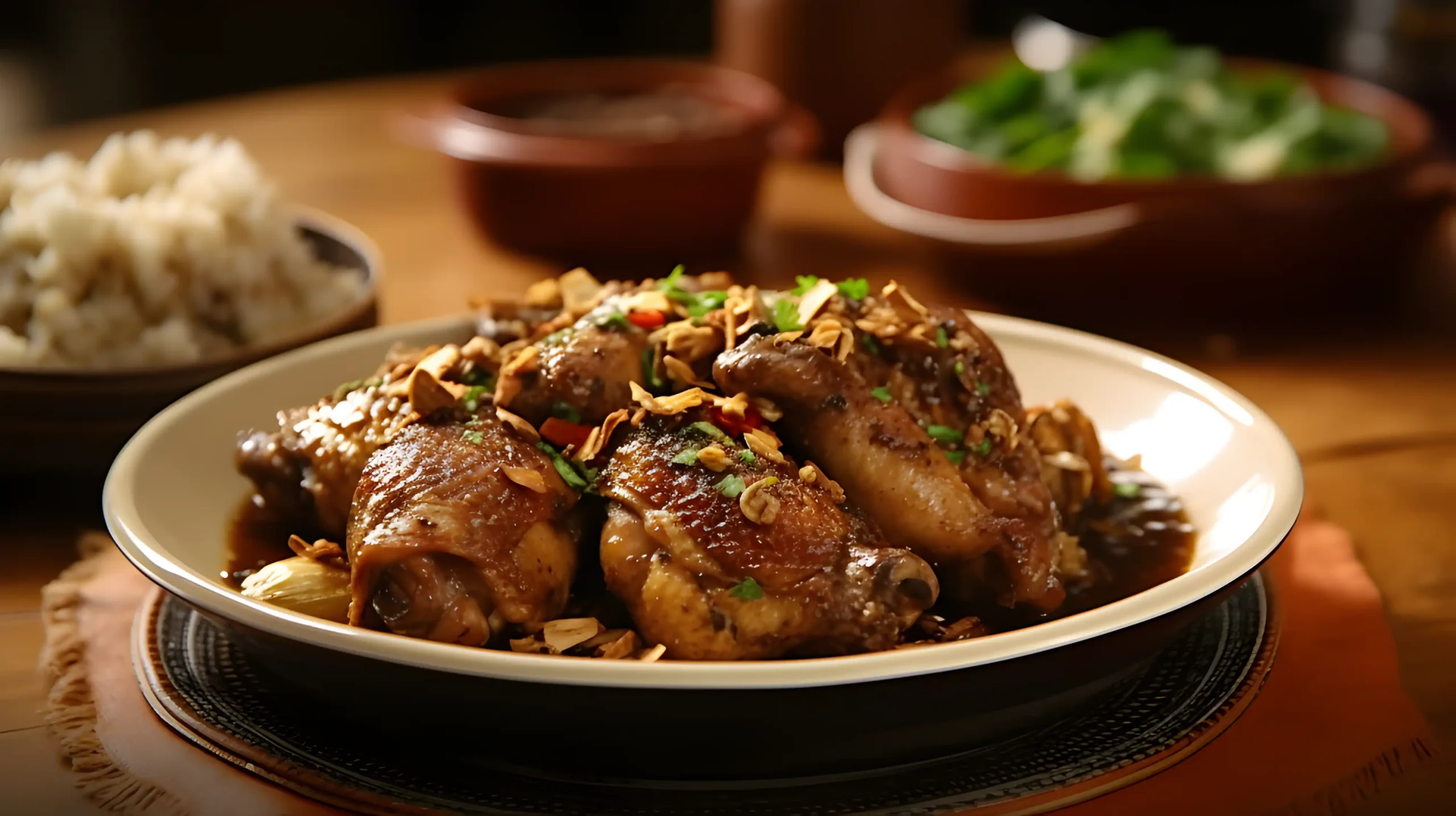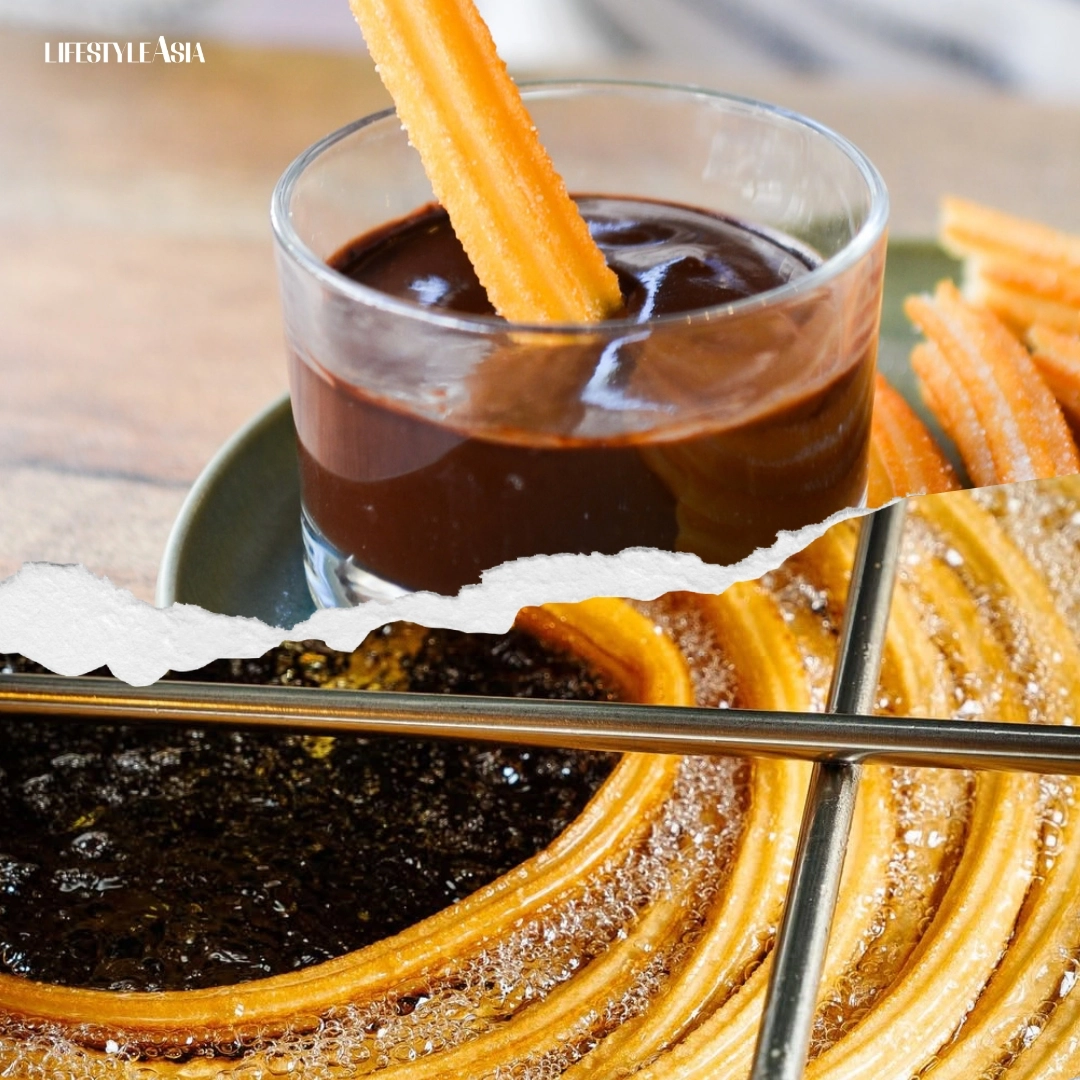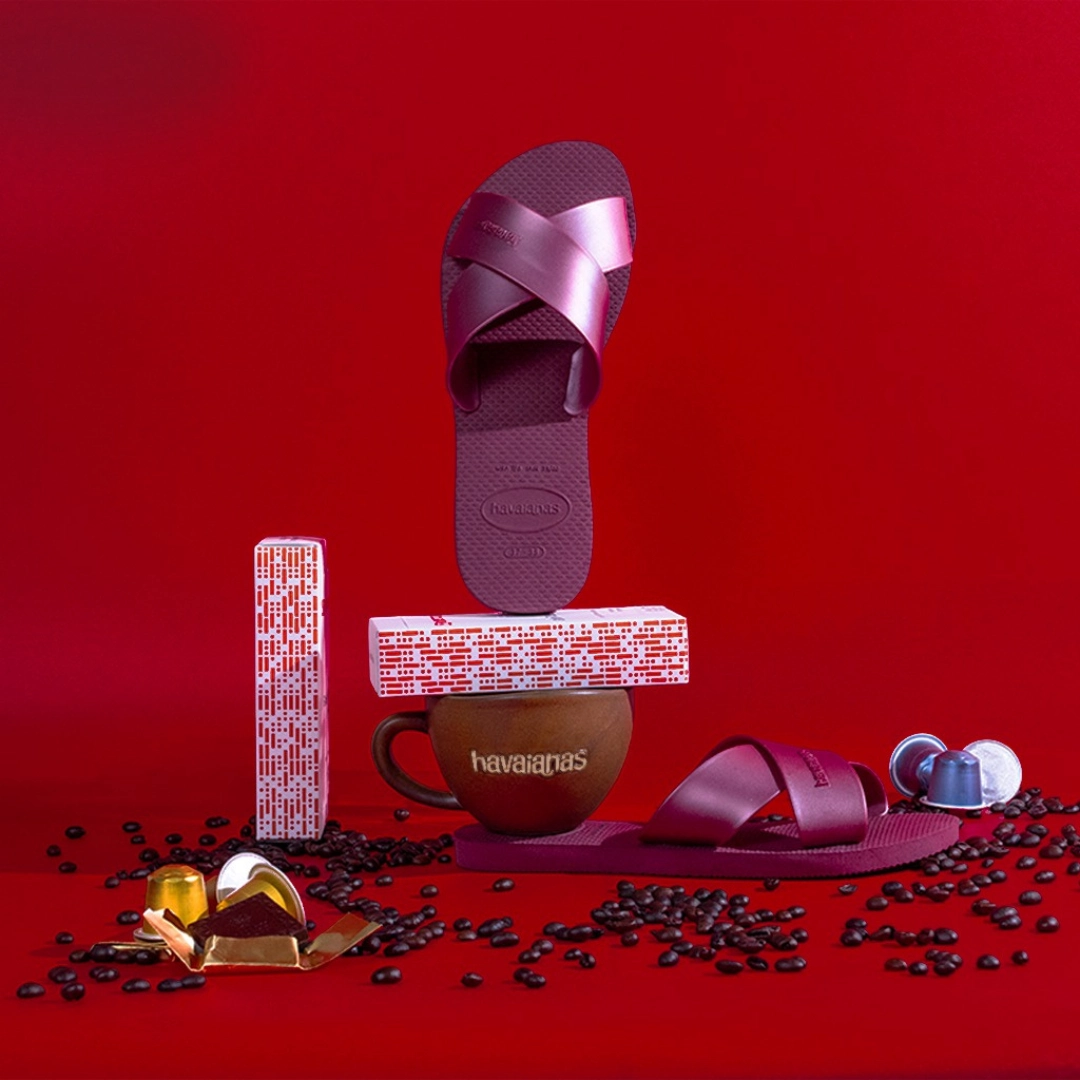As the Michelin Guide makes its long-awaited debut in the Philippines, we speak with Fine Dining Club Philippines founder JC Cailles Lo to explore how the prestigious institution might reshape the way Filipinos cook, dine, and take pride in their own cuisine.
Last February, the Michelin Guide officially announced its arrival in the Philippines. The food community buzzed with excitement. Who would be featured in the world-renowned guide? Would we receive any stars at all? And who would be most deserving? This October 30, the wait will finally be over as Michelin gears up to host its inaugural Michelin Guide Ceremony Manila. The invite-only event at the Manila Marriott Hotel will mark the official unveiling of restaurant selections for Manila, its environs, and Cebu.
In a gastronomic celebration highlighting the Philippines as a culinary destination, the ceremony will honor restaurants that have earned the esteemed distinction of being Michelin Guide Selected, those awarded a Bib Gourmand, and, if any, establishments that have achieved the coveted Michelin Star. The evening will also include the presentation of Michelin Guide Special Awards, honoring outstanding individuals across key areas of the country’s culinary scene.
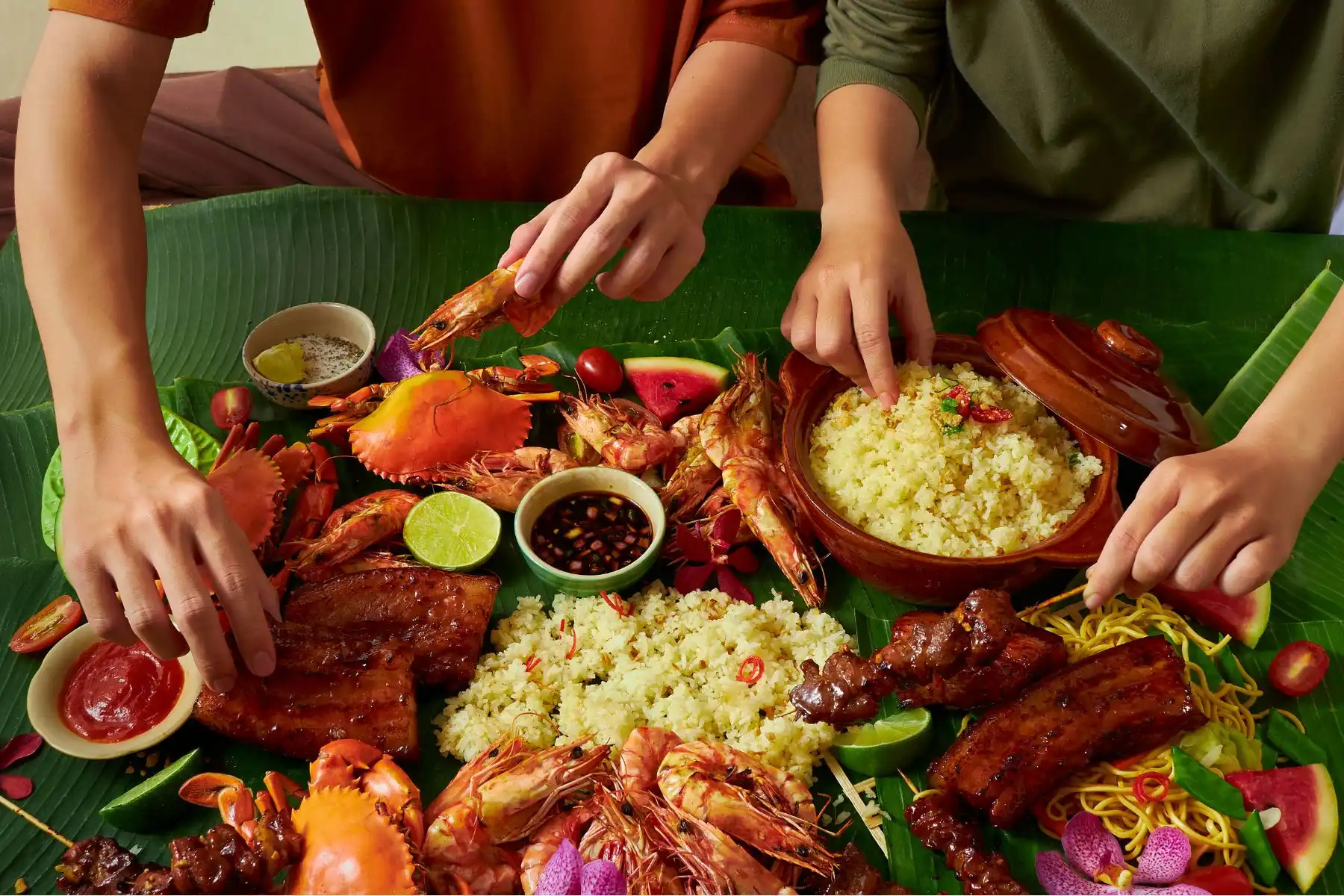
But before we find out which restaurants will earn Michelin’s seal of approval, let’s take a moment to reflect on how our country—specifically its culinary landscape—might change after the October 30 announcements. Of course, much of this is speculation, drawn from observation and a healthy dose of curiosity.
To help us navigate this, we spoke with JC Cailles Lo, a bona fide foodie and founder of the Fine Dining Club Philippines. What began as a Facebook group bringing together like-minded gastronomes with a passion for fine dining has since evolved into a multi-platform community of over 32,000 food lovers, chefs, and restaurant proprietors sharing their experiences, insights, and the latest news in the Philippine culinary scene. Beyond the group, JC’s career revolves entirely around the culinary arts. He travels the world reviewing fine dining restaurants, owns the online wine shop JC Wines, and writes about food for publications such as ABS-CBN News and Esquire.
READ ALSO: Crème De La Crème: The History Behind Michelin Stars And What It Takes To Earn Them
What Is The Michelin Guide?
Before exploring what the arrival of the Michelin Guide could signify for the Philippine culinary scene, we first need to put everything into context, starting with its origins. In 1889, brothers André and Édouard Michelin founded the French tire company that bears their name (yes, the very same one with the puffy, humanoid Michelin Man mascot). To promote their business and encourage more people to drive, and therefore buy more tires, they created a small red booklet: a travel guide of sorts that recommended places for motorists to visit, refuel, and dine. And so, the Michelin Guide was born, initially given away for free to drivers across France.
As the guide’s popularity grew, largely due to its restaurant recommendations, the Michelin brothers took things a step further. They assembled a team of anonymous reviewers, known today as Michelin Inspectors, who would secretly visit restaurants to assess their quality. By 1926, the guide began recognizing exceptional establishments with a single star, later expanding the system to include two- and three-star distinctions. When Michelin officially published its criteria in 1936, the foundation of the modern Michelin rating system were set, changing the culinary world forever.
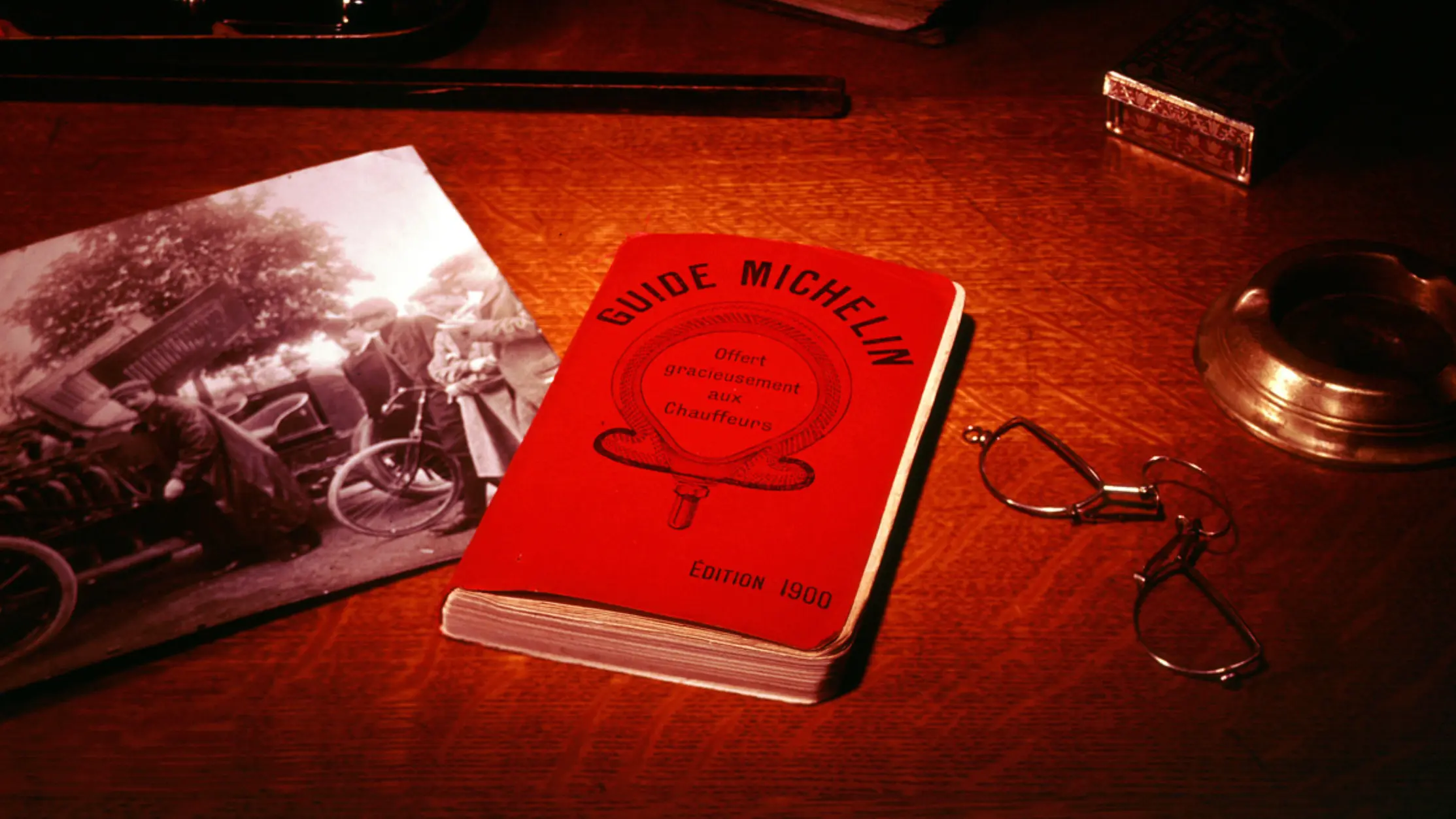
Today, Michelin awards several distinctions that shouldn’t be confused with one another, four of which will be announced on October 30 during the Manila ceremony. The first is being Michelin Guide Selected, which recognizes and recommends restaurants that serve high-quality, above-average food. These establishments appear on Michelin’s digital platforms (and in some countries, the physical red booklets), but do not hold a specific award such as the Bib Gourmand or the coveted Michelin Star.
The Bib Gourmand, on the other hand, is an award that highlights restaurants serving high-quality meals at affordable prices. The official website describes it as Michelin’s selection of “best value-for-money restaurants.” Then there’s the Michelin Star—the guide’s highest accolade—awarded by inspectors who identify restaurants offering the finest culinary experiences. One star signifies high-quality cooking, two stars denote excellent cooking, and three stars represent exceptional cuisine. Contrary to popular belief, a star is awarded solely for the quality of the cooking itself; factors such as service, tableware, and atmosphere are not taken into consideration. Finally, there are the Michelin Guide Special Awards, which honor individuals beyond the traditional star system. These may include entire restaurant teams, individual chefs, sommeliers, and other hospitality professionals.
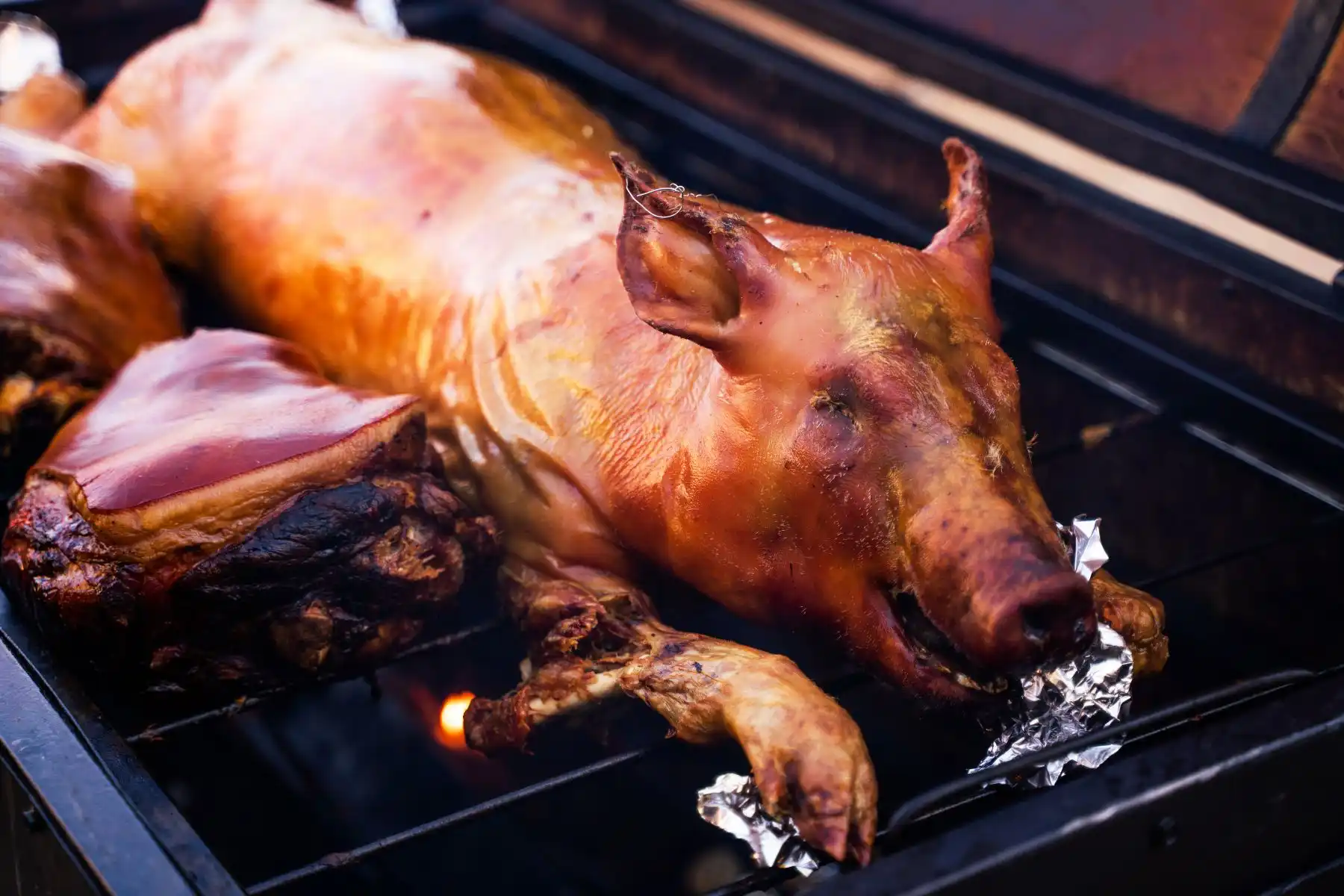
The Great Culinary Equalizer
Now that we understand how the Michelin Guide came to be and the distinctions it awards, the next question is: what will its arrival mean for the Philippines? Simply put, the guide is poised to transform how Filipinos dine, cook, and perceive their own cuisine on the world stage, while also impacting the country’s economic standing, tourism, national prestige, and global image.
JC believes the Michelin Guide will be “the great equalizer” for our local dining scene. “We all know that there is a great divide between the affluent and the masses,” he says. “We rarely see people who own a car eating at carinderias. But because of Michelin’s seal of approval, passionate diners will likely go to Quiapo and Malabon to try a local specialty regardless of their socioeconomic status.” He likens this to the hawker centers in Singapore, which are loved by people from all walks of life, as well as the humble eateries of Bangkok, where mainstays like Jay Fai are “flocked by ladies with their Louis Vuitton handbags; and they don’t mind lining up for hours.”
He continues: “I don’t see why it will not be the case in Manila and Cebu. And this is generally good for the economy because we are removing the barriers. The restaurants that will shine too are not just those that have a big marketing budget, or those that can afford social media strategists. Now it boils down to which restaurant is really good. It levels the playing field.”
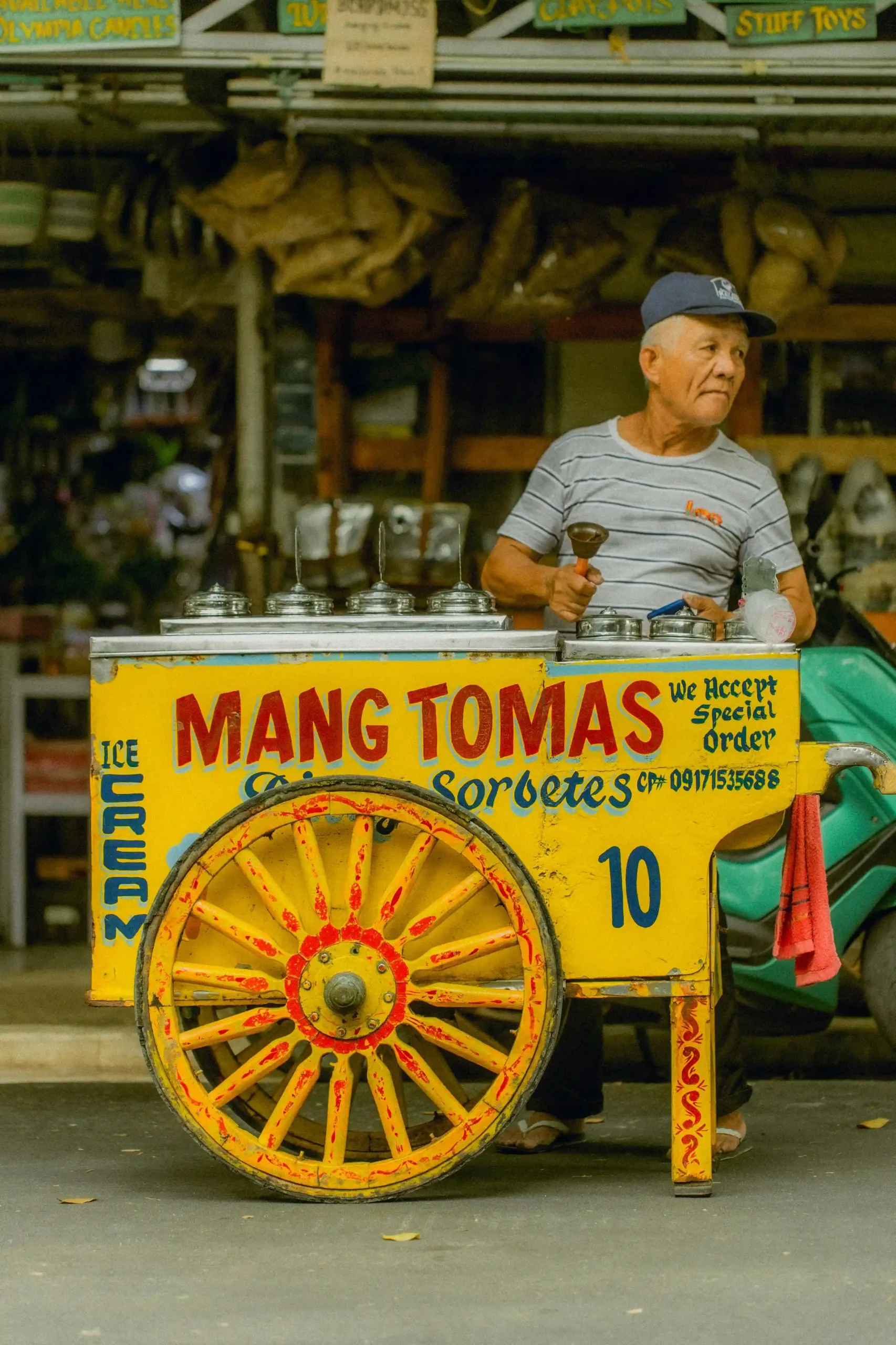
Based on his marketing experience, JC also points out how Michelin’s arrival could influence tourism and generate more consumer trials, bringing in new visitors eager to experience the country’s culinary offerings. Whether they return depends on their experience—but if restaurants provide a pleasant visit, they may come back again. Such an influx could significantly boost spending across restaurants, hotels, and related services.
“We already have a strong local market, and in my opinion, Michelin’s added value lies in boosting gastronomy tourism,” he explains. “Then I guess when it happens, that’s when challenges come, and at times, beyond our control.” He notes that increased visitors may put pressure on city infrastructure, from traffic to airport operations; but if managed well, this influx can also stimulate local businesses and the broader economy.
Filipino Cuisine On The Global Stage
Over the past few years, the Philippine dining scene has steadily improved, evident in the stream of high-quality, chef-driven restaurants popping up across the country, with diners lining up or reserving tables weeks in advance. JC, deeply embedded in this community since founding the Fine Dining Club Philippines in 2019, is well aware of the sheer amount of culinary talent and high-quality food in the country.
Building on this growth and international attention, he’s excited about the implications of Michelin’s arrival for Filipino chefs, especially when it comes to global visibility. “I am very happy for them [the chefs and restaurants], because finally, they will get the global attention that they deserve,” he says. “Living in the Philippines is seriously like living in a bubble. Not many people outside our country are aware of what’s really happening here. It usually takes us triple the effort to be heard and noticed. Now with the Michelin Guide, I hope the local voices will be louder. And the faces of our talents will become more familiar and noticeable.”
JC hopes that more Filipino talents will be featured on food shows on Netflix; interviewed or recognized by international networks; or even be invited to cook at major gastronomy events abroad. “Filipino cuisine has always been dubbed as the next big thing, but somehow, it has [never materialized],” he says. “This is a great opportunity for our Filipino chefs to be recognized, to be seen, to be appreciated, and to be given more international opportunities.”
More than recognition, JC shifts focus to what makes Philippine cuisine itself worthy of wide attention. He emphasizes the country’s culinary diversity as a quality he hopes Michelin will celebrate. “I hope [they] will recognize our diversity. And that Philippine cuisine should not be viewed as something exotic, but as very relatable,” he says. “We have Malay and Indonesian influences in our cuisine, and we can easily capture the hearts of our neighboring Southeast Asian countries. We have a strong Spanish heritage, and the whole of South America and Spain can relate to us. Talk about Jollibee, known for its burgers and fried chicken–isn’t that appealing enough to Americans? And our Chinoy cuisine, which people from Taiwan, Hong Kong, and the Mainland will surely appreciate. It’s really how we market it and package it. It’s [about] the right storytelling and narrative.”
However, he notes that fully realizing this potential requires a shift in mindset among Filipinos. To make this happen, we need to scrap the Filipino tendency of gatekeeping recipes—for instance, insisting our grandmother’s adobo is better than anyone else’s, or that regional dishes cannot be touched or reinterpreted.
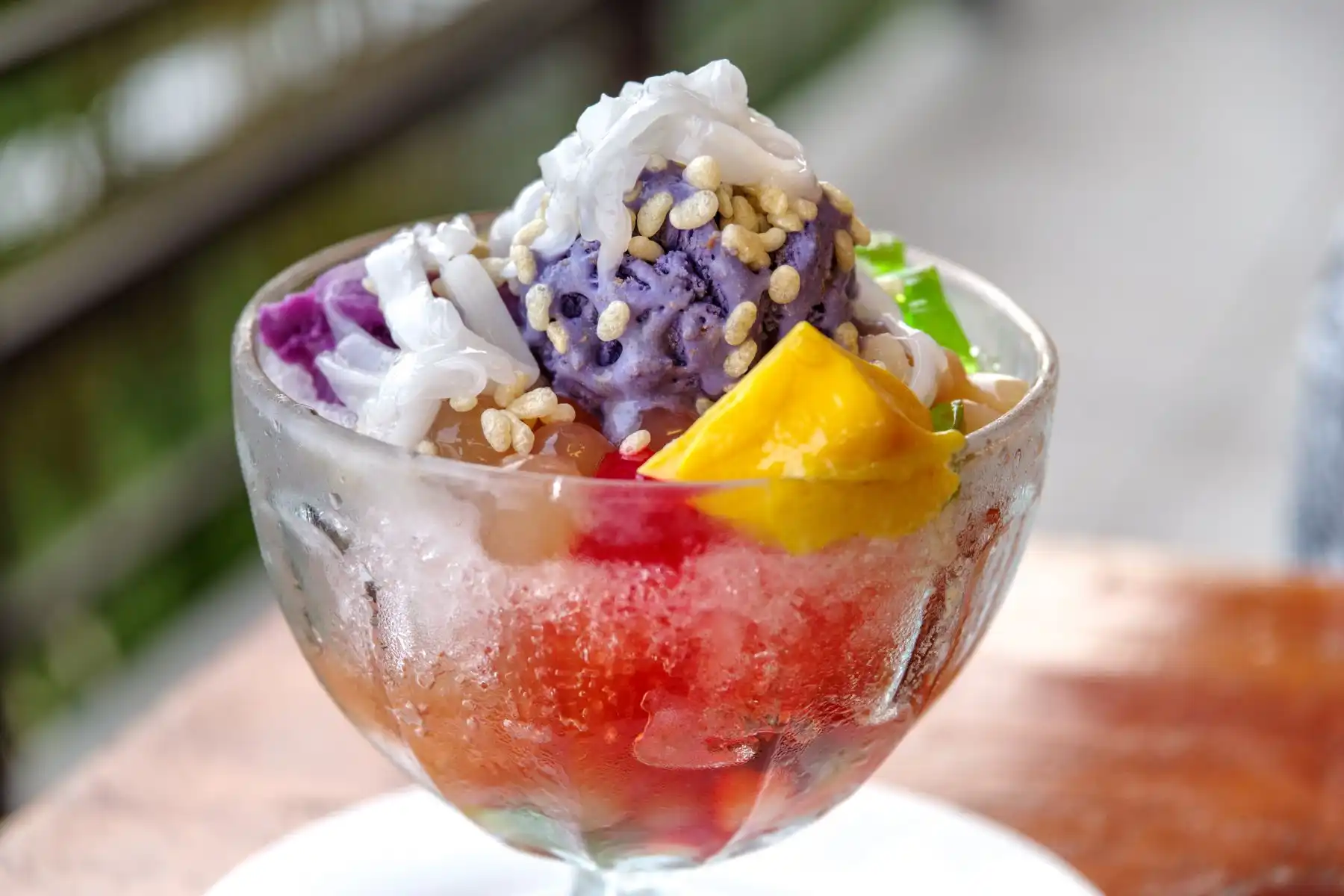
Finally, JC highlights Filipino hospitality as another essential ingredient that should be celebrated on the global stage. “Hospitality is also a given, and something closely associated with us already,” he adds. “If Michelin can relate [to] how the world loves the kind of care our nurses and caregivers provide, then zero in on the hospitality, who wouldn’t want to dine in restaurants with so much heart? That will be very special,” he concludes.
With the announcement of the Michelin winners drawing closer, that same sense of enthusiasm feels more palpable than ever. It’s exciting to see which of our wonderful eateries and restaurants will make the list: not only the usual suspects serving high-end cuisine, but also the lesser-known gems that stand to benefit from the institution’s seal of approval. Still, no matter what happens on October 30, what matters most is the collective pride we share in our cuisine. Whoever ends up in the Michelin Guide marks just the beginning. It’s also up to us to continue celebrating our food, because it really is masarap.
